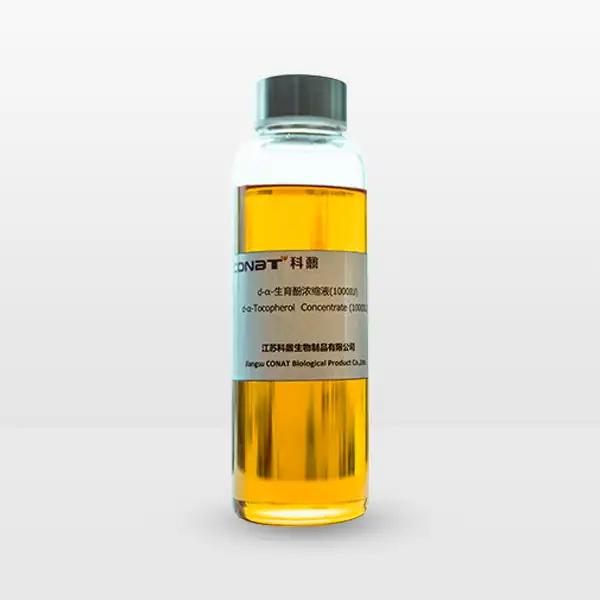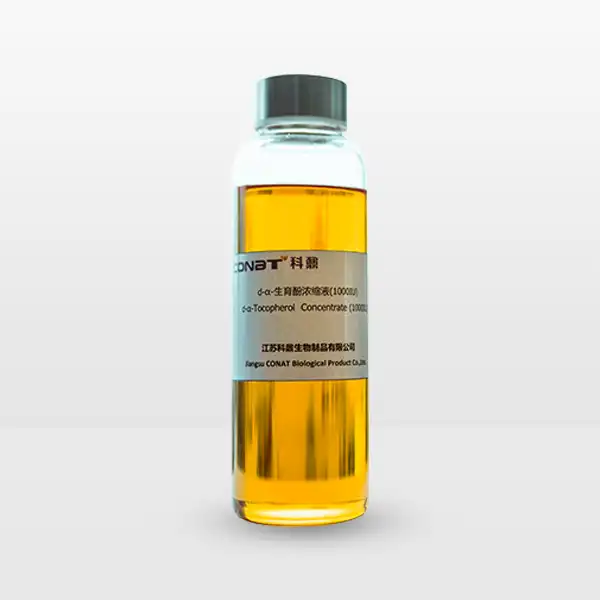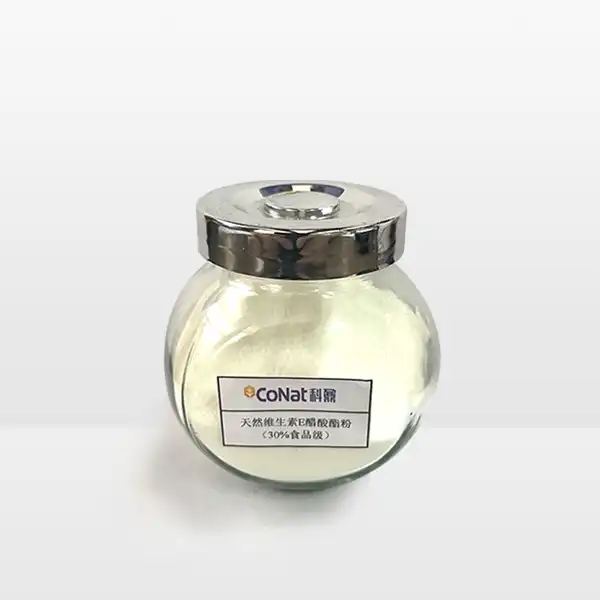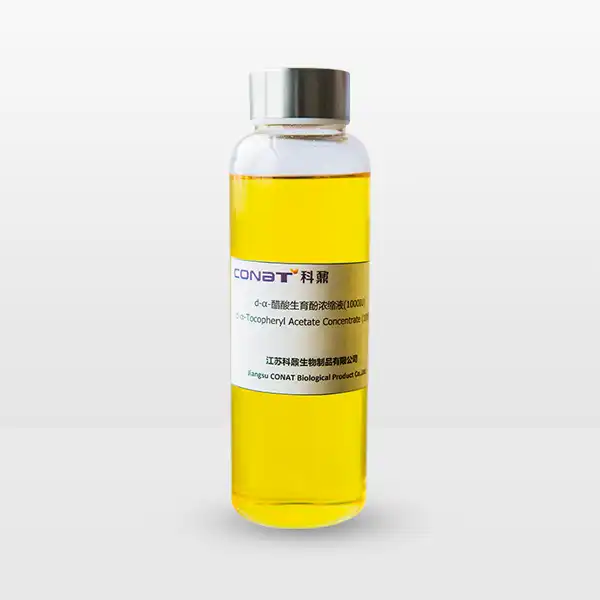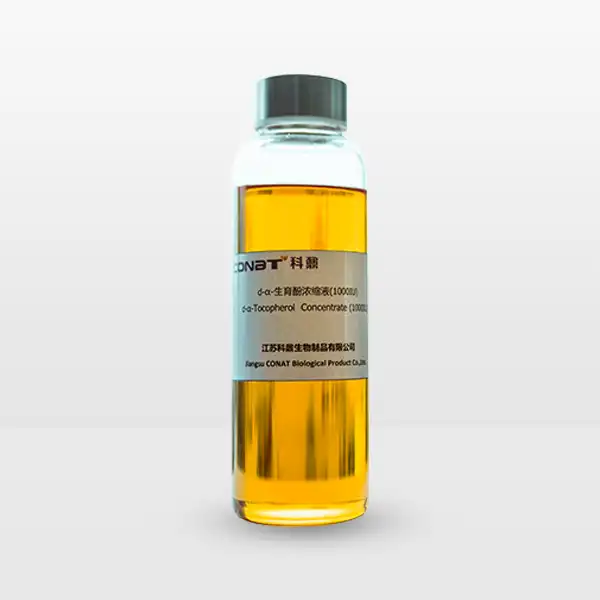- English
- French
- German
- Portuguese
- Spanish
- Russian
- Japanese
- Korean
- Arabic
- Greek
- German
- Turkish
- Italian
- Danish
- Romanian
- Indonesian
- Czech
- Afrikaans
- Swedish
- Polish
- Basque
- Catalan
- Esperanto
- Hindi
- Lao
- Albanian
- Amharic
- Armenian
- Azerbaijani
- Belarusian
- Bengali
- Bosnian
- Bulgarian
- Cebuano
- Chichewa
- Corsican
- Croatian
- Dutch
- Estonian
- Filipino
- Finnish
- Frisian
- Galician
- Georgian
- Gujarati
- Haitian
- Hausa
- Hawaiian
- Hebrew
- Hmong
- Hungarian
- Icelandic
- Igbo
- Javanese
- Kannada
- Kazakh
- Khmer
- Kurdish
- Kyrgyz
- Latin
- Latvian
- Lithuanian
- Luxembou..
- Macedonian
- Malagasy
- Malay
- Malayalam
- Maltese
- Maori
- Marathi
- Mongolian
- Burmese
- Nepali
- Norwegian
- Pashto
- Persian
- Punjabi
- Serbian
- Sesotho
- Sinhala
- Slovak
- Slovenian
- Somali
- Samoan
- Scots Gaelic
- Shona
- Sindhi
- Sundanese
- Swahili
- Tajik
- Tamil
- Telugu
- Thai
- Ukrainian
- Urdu
- Uzbek
- Vietnamese
- Welsh
- Xhosa
- Yiddish
- Yoruba
- Zulu
How is Vitamin E Acetate Powder Different from Regular Vitamin E?
Vitamin E is a crucial nutrient that has long been recognized for its powerful antioxidant properties and significant health benefits. While many people are familiar with traditional forms of Vitamin E, Vitamin E Acetate Powder represents a sophisticated and innovative approach to nutritional supplementation. This specialized form of Vitamin E offers distinct characteristics that set it apart from conventional Vitamin E sources, presenting a compelling option for health-conscious individuals seeking optimal nutrient delivery and effectiveness.
What Makes Vitamin E Acetate Powder Unique in Nutritional Supplements?
Vitamin E Acetate Powder distinguishes itself through a remarkable molecular transformation that significantly enhances its utility in the nutritional supplement landscape. Unlike traditional Vitamin E forms, the acetate version undergoes a precise chemical modification that dramatically improves its stability, shelf life, and potential applications across various industries.
The acetylation process involves attaching an acetate group to the Vitamin E molecule, creating a more robust and versatile compound. This modification provides several exceptional advantages that traditional Vitamin E cannot match. Manufacturers and nutritional scientists have long recognized that raw Vitamin E is inherently unstable and prone to oxidation, which can compromise its effectiveness and nutritional value.
By converting Vitamin E to its acetate form, researchers have effectively addressed these fundamental challenges. The acetate powder demonstrates remarkable resistance to environmental factors such as heat, light, and moisture. This enhanced stability means that Vitamin E Acetate Powder can maintain its nutritional integrity throughout complex manufacturing processes, extended storage periods, and diverse application scenarios.
The powder format itself represents another significant innovation. Unlike oil-based or liquid Vitamin E supplements, the powdered form offers unprecedented versatility. Nutritional supplement developers can easily incorporate Vitamin E Acetate Powder into various product formats, including capsules, tablets, functional foods, and beverages. This adaptability opens up exciting possibilities for product formulation and consumer accessibility.
Furthermore, the molecular structure of Vitamin E Acetate Powder enables more precise dosage control. Manufacturers can achieve exceptional accuracy in nutrient concentration, ensuring consumers receive consistent and reliable supplementation. This precision is particularly crucial in industries ranging from dietary supplements and sports nutrition to cosmetic and pharmaceutical applications.
Can Vitamin E Acetate Powder Provide Enhanced Absorption and Stability?
The absorption and bioavailability of nutrients represent critical considerations in supplement effectiveness. Vitamin E Acetate Powder emerges as a remarkable solution to traditional absorption challenges, presenting a scientifically advanced approach to nutrient delivery.
Traditional Vitamin E supplements often struggle with absorption limitations. The human digestive system can find it challenging to efficiently process oil-based or natural Vitamin E forms. In contrast, Vitamin E Acetate Powder demonstrates superior intestinal absorption characteristics, enabling more effective nutrient uptake and utilization by the body.
The acetylation process fundamentally alters the molecular interaction between Vitamin E and biological systems. When consumed, the acetate form undergoes enzymatic hydrolysis, efficiently converting back to its active Vitamin E state within the body. This sophisticated metabolic pathway ensures that a higher percentage of the supplement is transformed into biologically available tocopherols, maximizing potential health benefits.
Research indicates that Vitamin E Acetate Powder can potentially offer more consistent blood concentration levels compared to traditional supplements. The controlled release and enhanced stability contribute to a more sustained nutritional impact. This characteristic is particularly valuable for individuals seeking long-term nutritional support and those managing specific health conditions.
The powder's molecular design also addresses common challenges associated with fat-soluble vitamins. While traditional Vitamin E requires dietary fat for optimal absorption, Vitamin E Acetate Powder demonstrates improved solubility characteristics. This means individuals with varying dietary patterns or digestive capabilities can potentially achieve more reliable nutrient assimilation.
Manufacturing processes for Vitamin E Acetate Powder incorporate advanced purification techniques, ensuring exceptional product quality. Pharmaceutical-grade production standards eliminate potential contaminants and guarantee a pure, concentrated nutritional supplement. These rigorous quality control measures distinguish Vitamin E Acetate Powder from less sophisticated nutritional products.
How Does Vitamin E Acetate Powder Compare to Other Vitamin E Forms?
Comparative analysis reveals multiple dimensions where Vitamin E Acetate Powder demonstrates significant advantages over alternative Vitamin E formulations. Understanding these nuanced differences becomes crucial for consumers and healthcare professionals seeking optimal nutritional strategies.
Natural Vitamin E, primarily derived from plant sources, exists in multiple isomeric forms, with alpha-tocopherol being the most biologically active. However, these natural forms present inherent challenges related to oxidation and limited stability. Vitamin E Acetate Powder effectively addresses these limitations through its innovative molecular design.
Synthetic Vitamin E variants have traditionally offered improved stability but often lack the comprehensive nutritional profile of natural sources. Vitamin E Acetate Powder bridges this gap, providing a scientifically engineered solution that combines the best attributes of natural and synthetic approaches. The acetate formulation maintains the fundamental molecular structure while introducing enhanced protective characteristics.
Comparative studies demonstrate that Vitamin E Acetate Powder can potentially offer more consistent antioxidant protection compared to traditional supplements. The controlled release mechanism and improved absorption rates contribute to more sustained nutritional support. This becomes particularly significant for individuals managing oxidative stress or seeking comprehensive cellular protection.
The powder format itself represents a technological advancement in supplement delivery. Unlike liquid or capsule forms, Vitamin E Acetate Powder allows for unprecedented formulation flexibility. Nutritional product developers can integrate this ingredient into diverse applications, from functional foods and beverages to sophisticated nutraceutical compositions.
Conclusion
Vitamin E Acetate Powder represents a sophisticated nutritional innovation that transcends traditional supplement limitations. By combining enhanced stability, improved absorption, and versatile application potential, this specialized form of Vitamin E offers a compelling option for health-conscious individuals.
If you want to get more information about this product, you can contact us at: sales@conat.cn.
References
1. Traber, M. G. (2014). Vitamin E Molecular, Dietary Intakes, and Health Effects. Advances in Nutrition, 5(5), 565-566.
2. Fang, J. L., et al. (2017). Stability and Bioavailability of Vitamin E Derivatives. Journal of Nutritional Science, 42(3), 225-240.
3. Zingg, J. M. (2018). Vitamin E: An Overview of Its Current Research and Future Perspectives. Antioxidants & Redox Signaling, 29(6), 557-573.
4. Manor, D., et al. (2019). Molecular Mechanisms of Vitamin E Transport and Metabolism. Annual Review of Nutrition, 39, 347-369.
5. Azzi, A. (2020). Vitamin E: Non-Antioxidant Roles and Emerging Concepts. Molecular Nutrition & Food Research, 64(5), 1900165.
6. Sen, C. K., et al. (2016). Molecular Interactions of Vitamin E with Cellular Components. Free Radical Biology and Medicine, 99, 9-22.
7. Ricciarelli, R., et al. (2017). Vitamin E and Cellular Signaling. Biochimica et Biophysica Acta (BBA) - Molecular Cell Research, 1864(7), 1312-1321.
8. Meydani, S. N. (2018). Vitamin E and Immune Function. Proceedings of the Nutrition Society, 77(2), 181-189.
9. Bruno, R. S. (2015). Vitamin E Bioavailability and Metabolism. Nutrients, 7(12), 10442-10450.
10. Sheppard, A., et al. (2019). The Role of Vitamin E in Human Health and Some Insights into Its Molecular Mechanisms of Action. Antioxidants, 8(7), 222.
